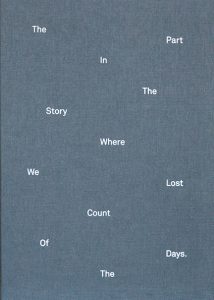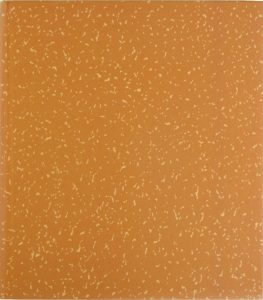seen/unseen
Tavares Strachan
seen/unseen
Tavares Strachan
Tagged: Art
Tavares Strachan: seen/unseen is a closed exhibition curated by Jean Crutchfield and Robert Hobbs that took place from September 19th through October 28th of 2011 at an undisclosed location in New York City.
In recognition of the theme that presence and absence assume in the work of Tavares Strachan, a Bahamian-born and Manhattan-based artist, this large-scale overview of his work from 2003 to the present was closed to the public at an undisclosed location for the duration of the show. Focusing on the artist’s overall practice of positioning works so that some of their aspects are visible while others remain conceptual, this exhibition, subtitled seen/unseen, is intended to be a work of art in its own right.
Tavares Strachan: seen/unseen represents the latest contribution to the now legendary tradition of closed exhibitions, including Robert Barry’s now infamous 1969 Closed Gallery Piece and Yoko Ono’s 1971 advertisement for her nonexistent Museum of Modern Art exhibition. However, unlike these empty or fictitious exhibitions, Tavares Strachan: seen/unseen features drawings, photographs, video works, sculpture, and installations as well as a series of new works in a massive 20,000-square-foot industrial space, converted just for this exhibition.
Strachan began emphasizing presence and absence in his art as early as 2003, when he installed a light meter outside his mother’s house on the outskirts of Nassau and connected it via satellite to a computer-activated light box in his RISD dorm room to create an interactive work, enabling him to enjoy in real time and around the clock simulated Bahamian light and darkness.
Tavares Strachan: seen/unseen includes a series of new works especially created for this exhibition, beginning with a new version of the artist’s internationally celebrated 2005 piece The Distance Between What We Have and What We Want, consisting of a 4.5-ton block of ice, harvested from a frozen river about 400 miles under the Arctic Circle. New York Times critic Roberta Smith commended Strachan for his “pioneering courage” and characterized this piece as “spectacularly ambitious.”










